Business process modeling services are no longer a niche requirement; they’ve become a critical component of modern business strategy and operational efficiency. Businesses of all sizes – from small startups to multinational corporations – are increasingly recognizing the value of understanding and optimizing their workflows. Effective business process modeling isn’t just about creating pretty diagrams; it’s about identifying bottlenecks, streamlining operations, reducing costs, and ultimately, improving customer satisfaction. This article will delve into the world of business process modeling services, exploring what they are, why they’re essential, and how to choose the right provider to meet your specific needs. Let’s begin.
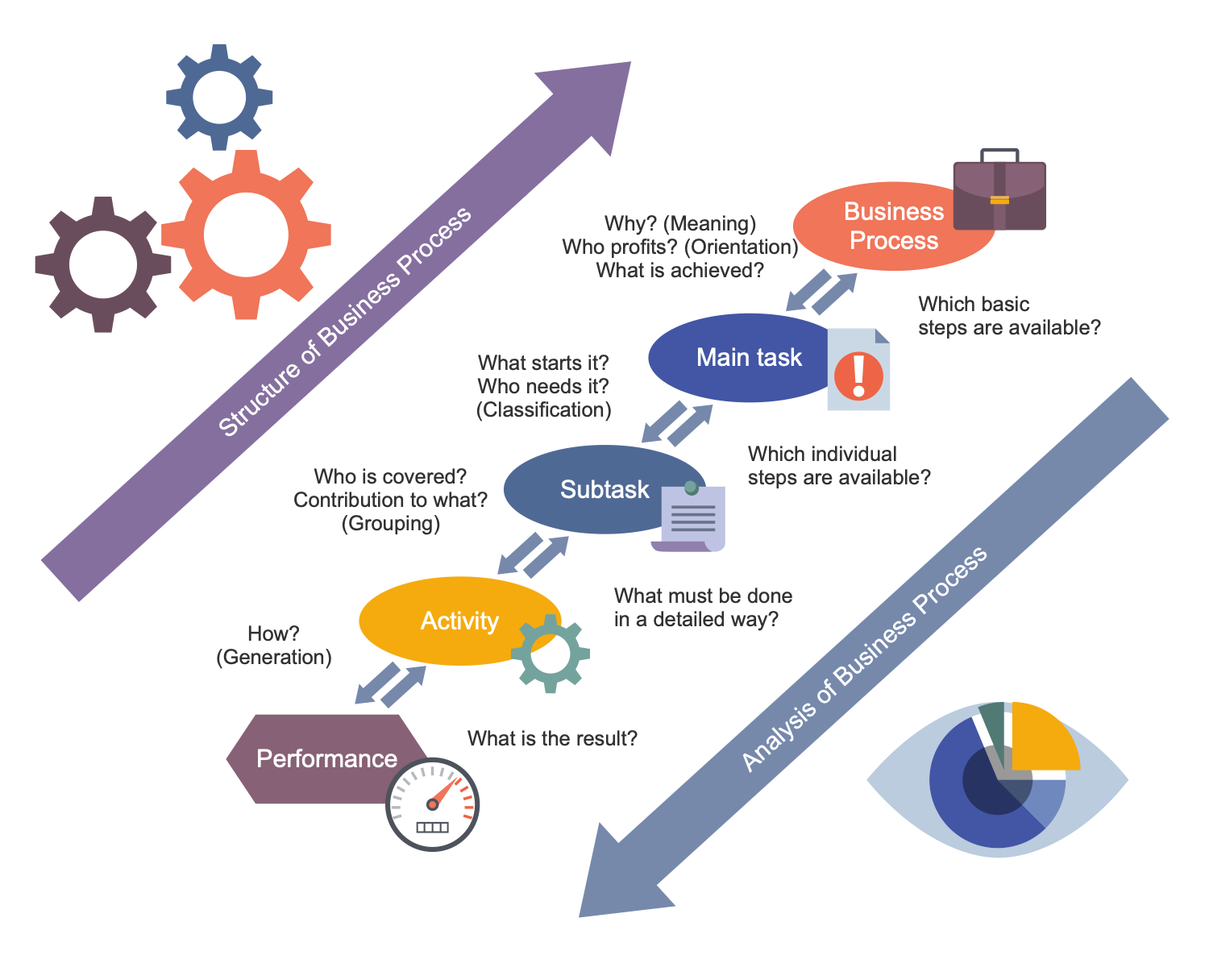
Understanding the Need for Business Process Modeling
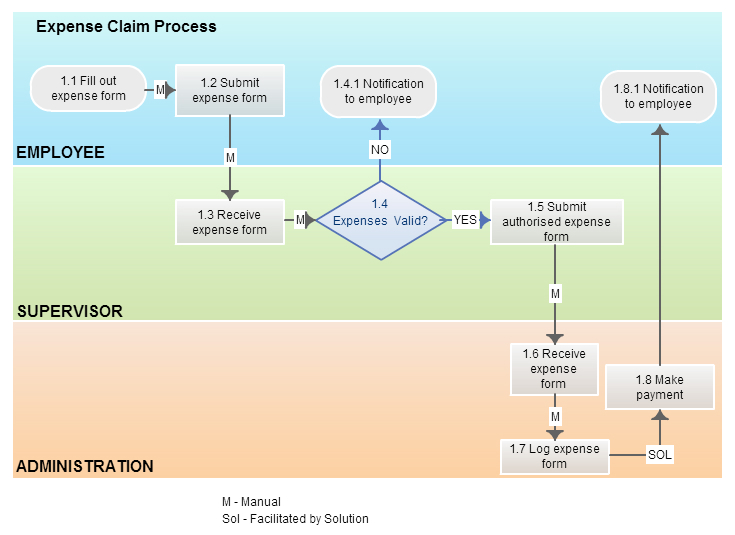
The traditional approach to business operations often relied on intuition and experience, leading to inefficiencies and errors. Complex, undocumented processes were prone to inconsistencies and difficult to scale. As businesses grew and became more complex, these challenges intensified. The need for a structured, repeatable approach to managing operations became increasingly apparent. Business process modeling services provide a framework for capturing, analyzing, and improving these processes, moving beyond reactive problem-solving to proactive optimization. Without a clear understanding of how work is currently performed, businesses risk wasting time, money, and resources. The benefits extend far beyond simple documentation; they encompass improved decision-making, enhanced collaboration, and a stronger competitive advantage.
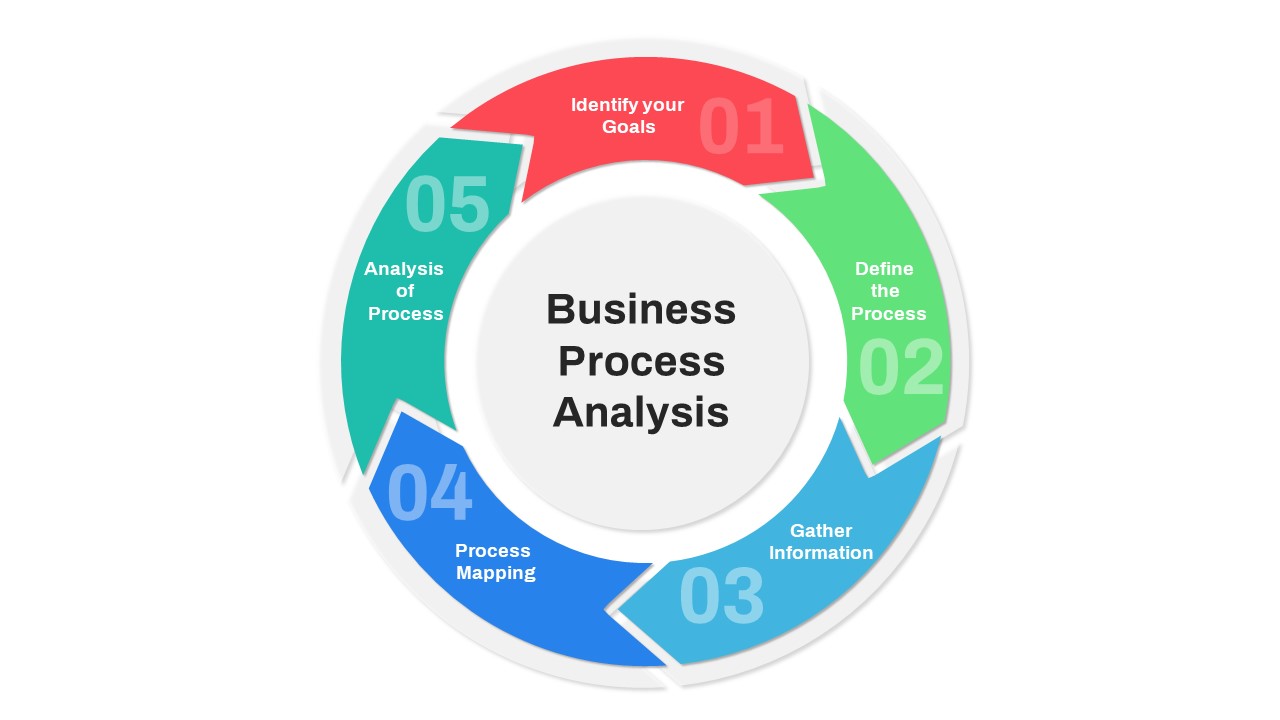
What is Business Process Modeling? A Detailed Explanation
Business process modeling encompasses a wide range of techniques and methodologies. It’s not simply about creating a visual representation of a process; it’s about systematically documenting how a process works, why it works, and how it could be improved. Several different modeling approaches exist, each with its own strengths and weaknesses. Common methods include:
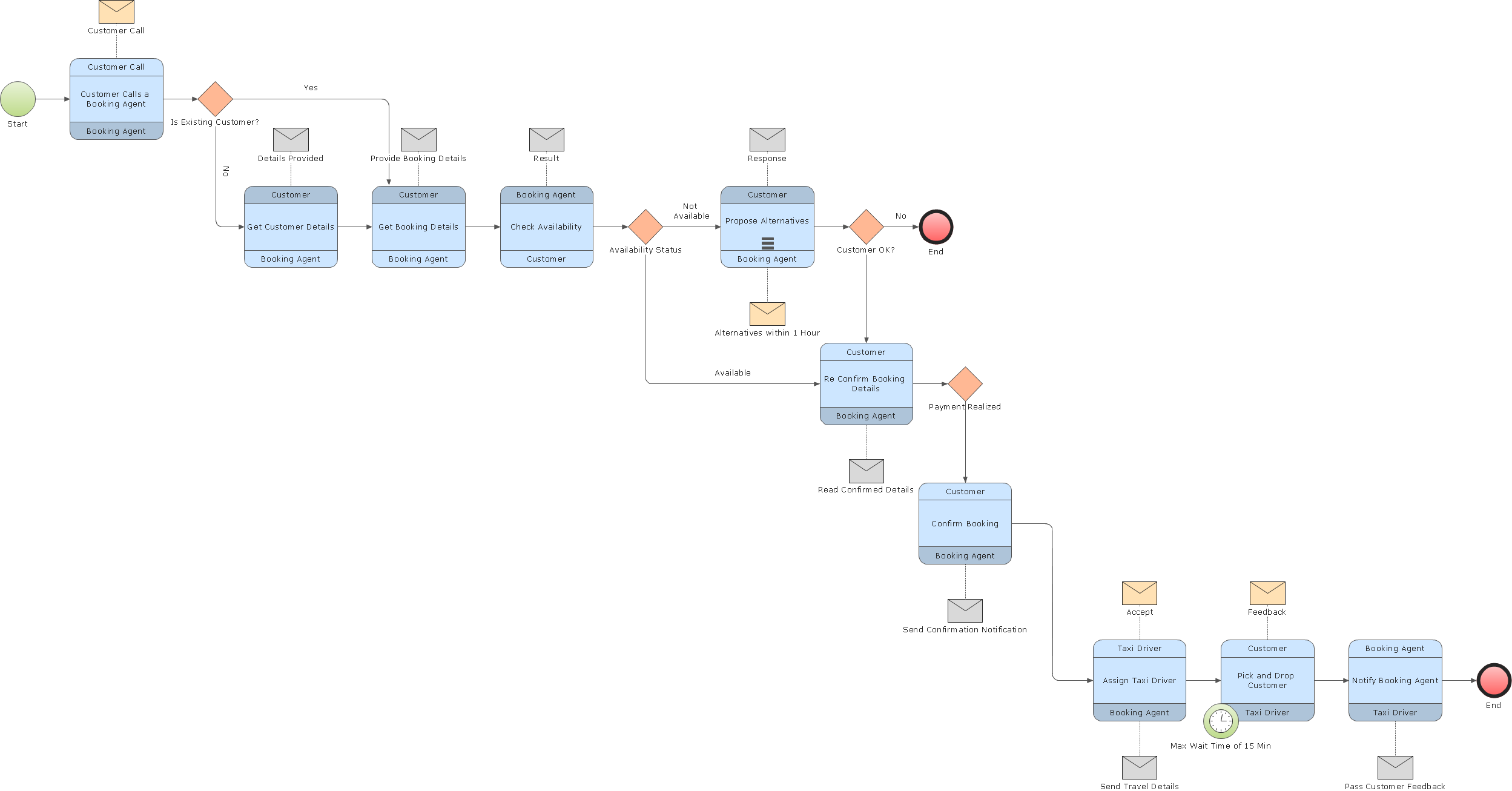
- Flowcharts: These are the most widely recognized type of process mapping, visually depicting the sequence of steps and decision points.
- Swimlane Diagrams: These diagrams visually represent the flow of work by grouping tasks and responsibilities into "swimlanes," making it clear who is responsible for each step.
- BPMN (Business Process Model and Notation): This is a standardized notation specifically designed for modeling business processes, offering a robust and widely adopted approach.
- Value Stream Mapping: This technique focuses on identifying and analyzing the steps involved in delivering a product or service, highlighting waste and opportunities for improvement.
The choice of modeling technique depends on the complexity of the process, the level of detail required, and the specific goals of the analysis. A thorough understanding of these methodologies is crucial for effective process improvement.
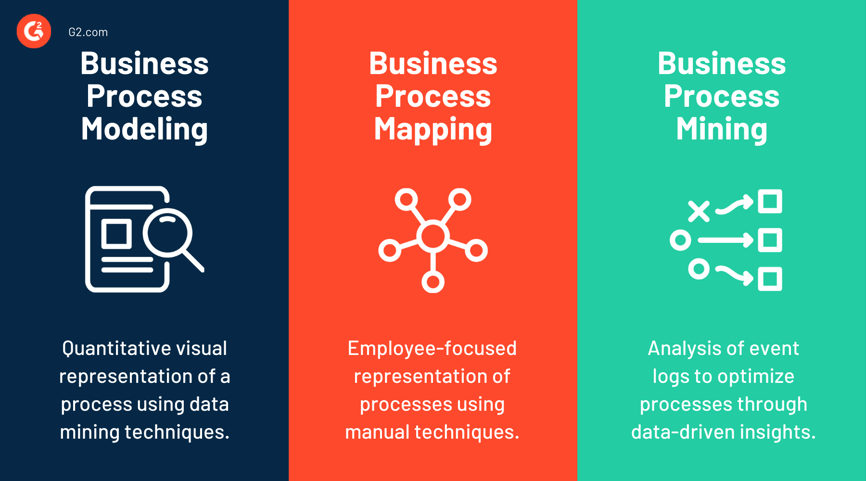
The Benefits of Implementing Business Process Modeling
Investing in business process modeling services yields significant returns across various areas of an organization. Here’s a breakdown of key benefits:
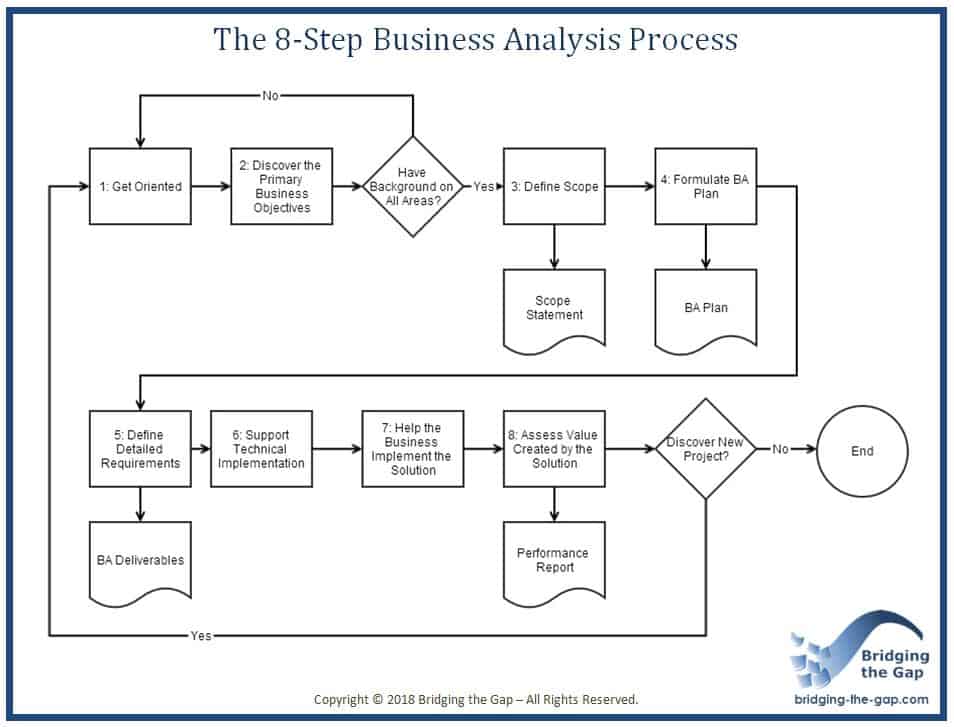
- Increased Efficiency: By visualizing workflows, businesses can identify bottlenecks and redundancies, leading to streamlined operations and reduced cycle times.
- Reduced Costs: Analyzing processes reveals areas where costs can be minimized, such as unnecessary steps, errors, and rework.
- Improved Compliance: Process documentation ensures adherence to regulations and internal policies, reducing the risk of fines and penalties.
- Enhanced Collaboration: Clear process maps facilitate communication and collaboration among team members, breaking down silos and promoting a shared understanding of goals.
- Better Decision-Making: Process models provide a data-driven basis for making informed decisions about process improvements.
- Increased Customer Satisfaction: Streamlined processes translate to faster response times, fewer errors, and a more positive customer experience.
Choosing the Right Business Process Modeling Service Provider
Selecting the appropriate business process modeling service provider is a critical decision. Several factors should be considered:
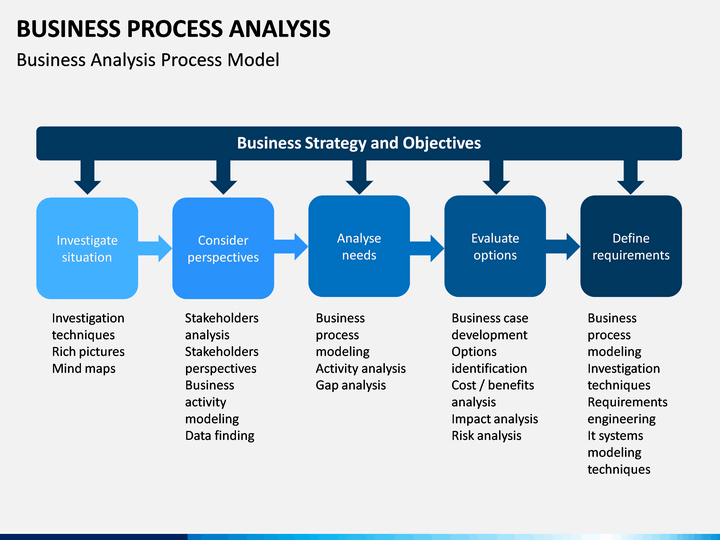
- Expertise: Ensure the provider has experience in your industry and with your specific type of business processes.
- Methodology: Understand the provider’s chosen modeling approach and whether it aligns with your needs.
- Tools & Technology: Assess the tools and technology they use to create and manage process models.
- Customization: Can they tailor the modeling process to your unique requirements?
- Support & Training: Does the provider offer ongoing support and training to ensure successful implementation?
- Cost: Compare pricing models and ensure the cost is justified by the value delivered.
Key Considerations for Specific Industries:
- Healthcare: Process modeling is vital for regulatory compliance (HIPAA), patient safety, and efficient resource allocation.
- Manufacturing: Process mapping helps optimize production lines, reduce downtime, and improve quality control.
- Financial Services: Modeling is essential for compliance, risk management, and efficient transaction processing.
- Retail: Process modeling can streamline inventory management, order fulfillment, and customer service.
Advanced Techniques and Modern Modeling Approaches
Beyond the traditional flowchart methods, modern business process modeling incorporates more sophisticated techniques:
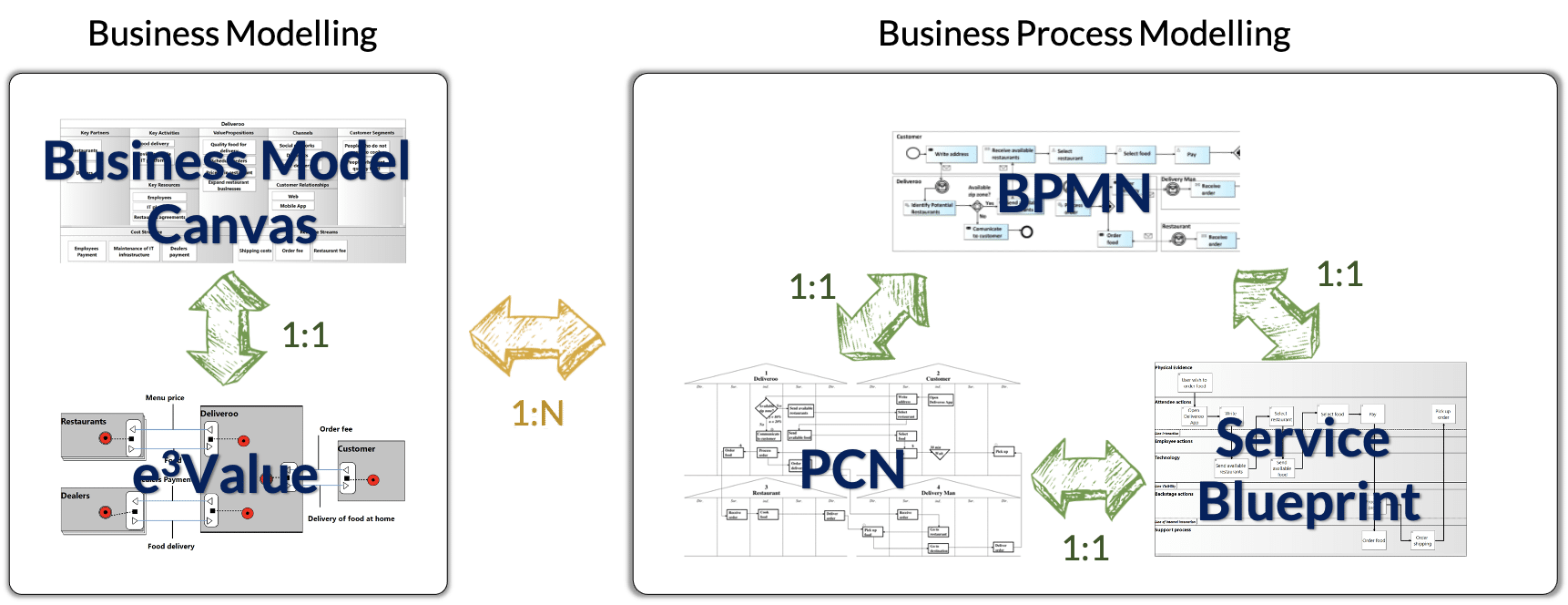
- Digital Process Modeling (DPM): Utilizes digital tools to create interactive, dynamic process models that can be easily updated and shared.
- Lean Process Modeling: Focuses on identifying and eliminating waste within processes, leading to significant improvements in efficiency.
- Six Sigma Process Mapping: Employs statistical methods to identify and eliminate defects in processes.
- Robotic Process Automation (RPA) Integration: Combining process modeling with RPA can automate process execution and improve accuracy.
The Role of Process Modeling in Digital Transformation
Digital transformation is fundamentally reshaping how businesses operate. Process modeling is no longer just a supporting activity; it’s a strategic enabler. By understanding and optimizing processes, organizations can leverage digital technologies more effectively, driving innovation and competitive advantage. Process modeling helps bridge the gap between technology and business strategy, ensuring that digital investments deliver tangible results.
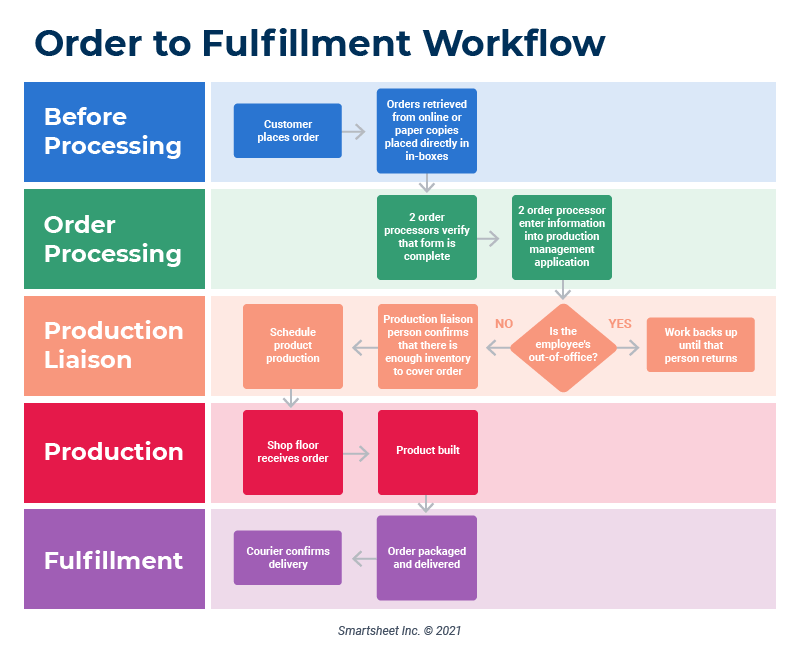
Measuring the Success of Business Process Modeling
It’s important to establish metrics to track the effectiveness of your process modeling efforts. Key performance indicators (KPIs) include:
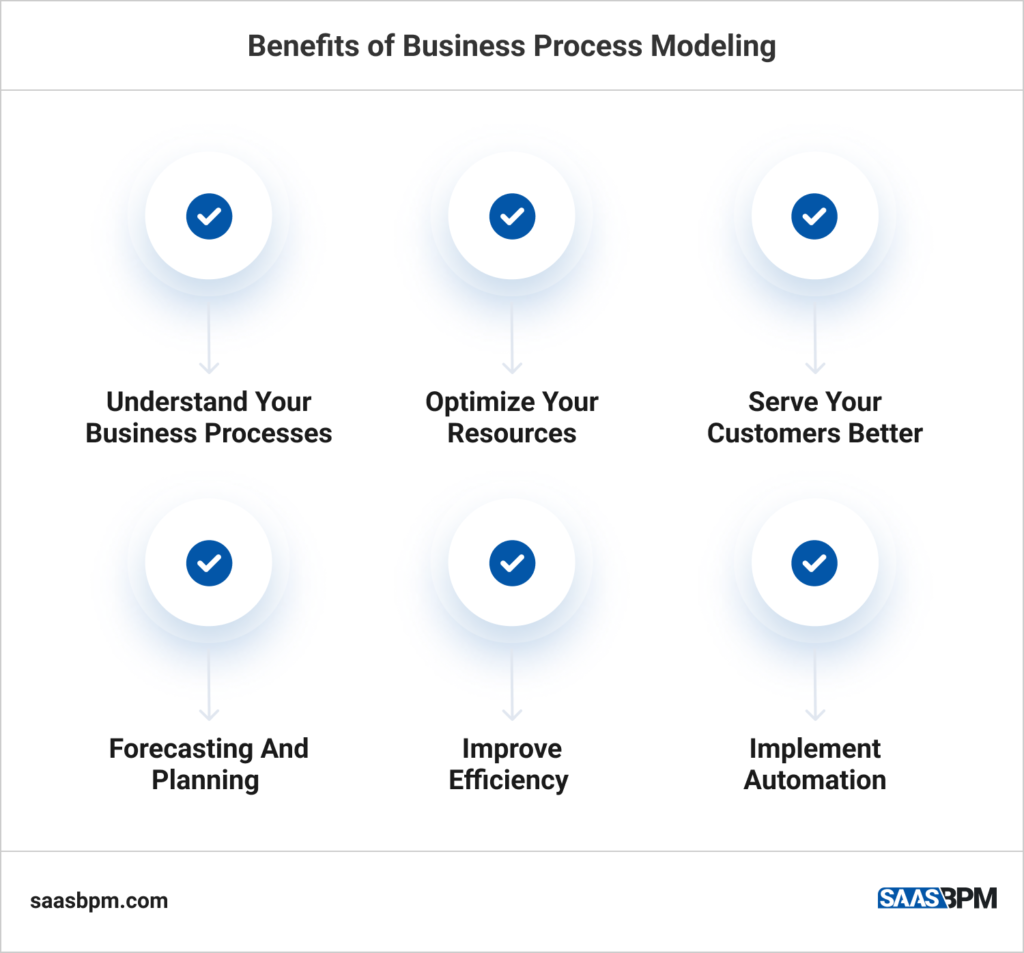
- Cycle Time Reduction: Measuring the time it takes to complete a process.
- Error Rate Reduction: Tracking the number of errors or defects.
- Cost Savings: Quantifying the financial benefits of process improvements.
- Customer Satisfaction: Monitoring customer feedback related to process performance.
- Process Compliance: Assessing adherence to regulatory requirements.
Conclusion: Investing in Business Process Modeling Services
Business process modeling services represent a significant investment in a company’s future. By understanding, documenting, and optimizing their processes, businesses can unlock substantial benefits – increased efficiency, reduced costs, improved compliance, and enhanced customer satisfaction. Choosing the right provider, employing appropriate methodologies, and continuously monitoring results are crucial for realizing the full potential of business process modeling. As businesses continue to evolve in the digital age, effective process modeling will remain a vital strategic asset. Don’t underestimate the power of a well-executed process model – it’s an investment that pays dividends for years to come. The demand for skilled process modeling professionals is consistently high, making it a worthwhile endeavor for organizations seeking to gain a competitive edge. Further research into specific industry best practices and emerging technologies will undoubtedly refine your approach to process modeling.